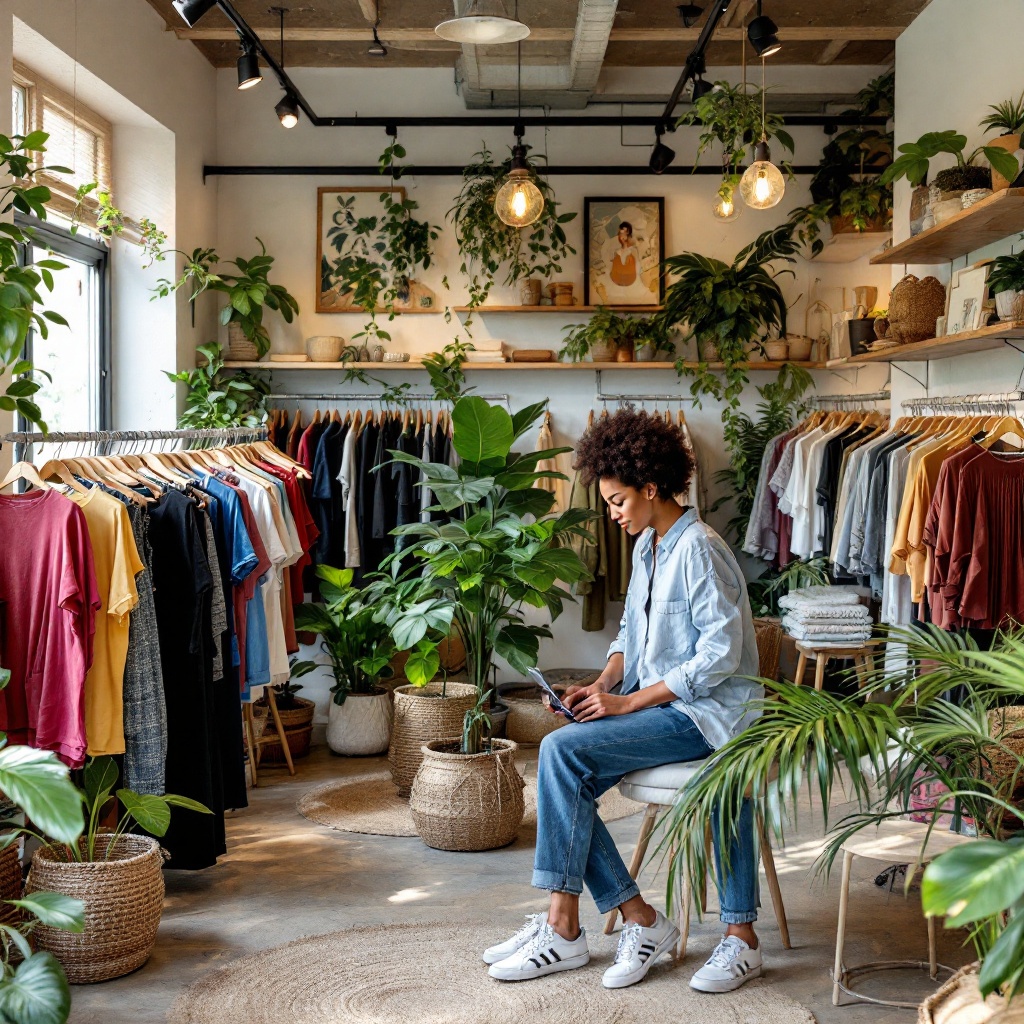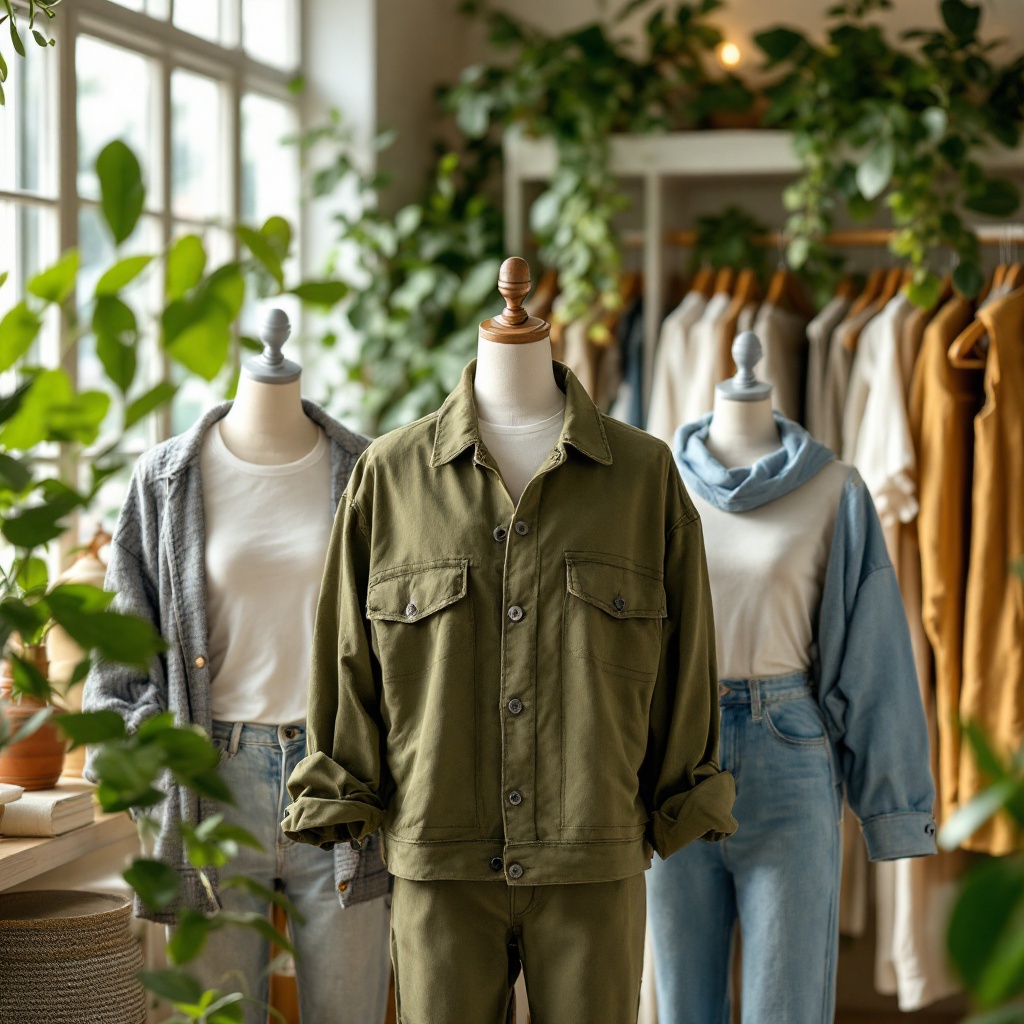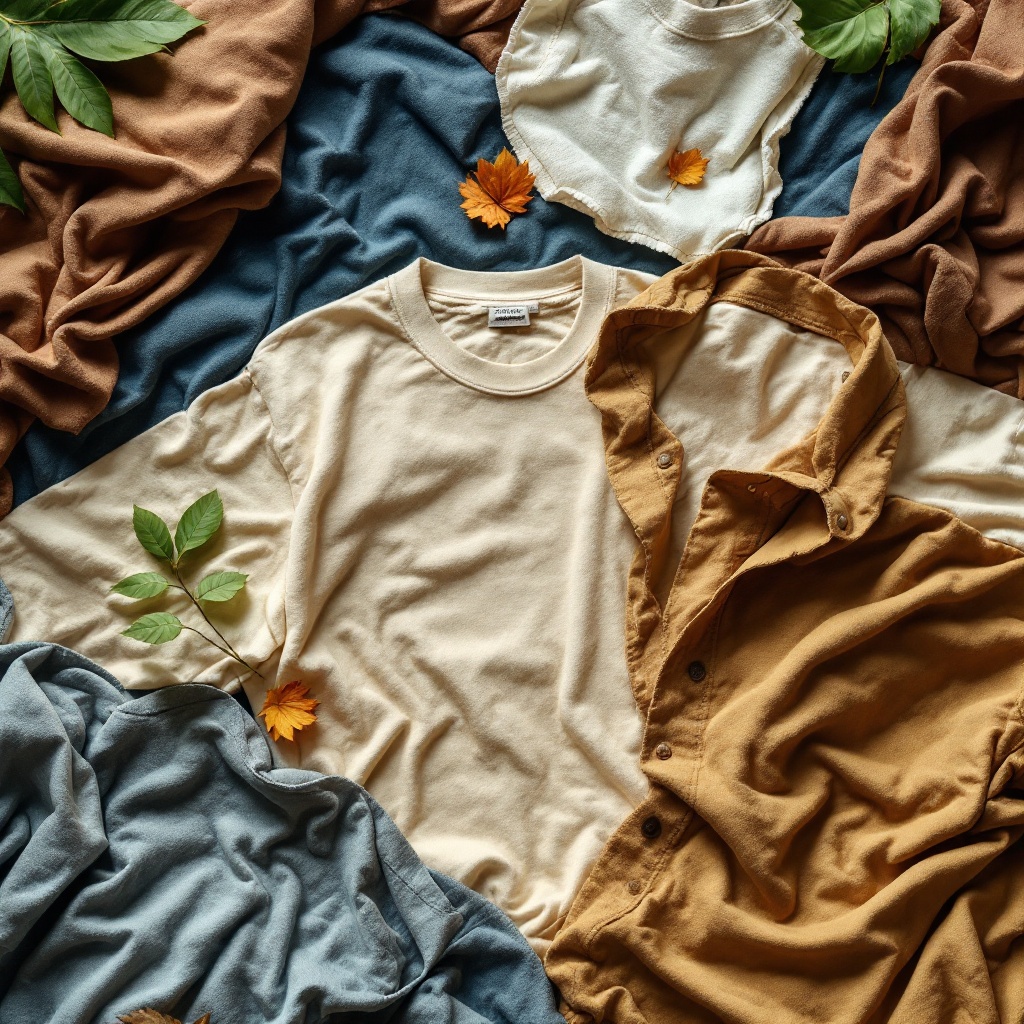Sustainable Fashion: The Benefits of Choosing Recycled Clothing
Sustainable Fashion: The Benefits of Choosing Recycled Clothing In recent years, the fashion industry has been undergoing a significant transformation, driven by a growing awareness of environmental issues and the need for sustainable practices. One of the most effective ways to contribute to a greener planet is through the adoption of recycled clothing. This article […]
Sustainable Fashion: The Benefits of Choosing Recycled Clothing Read More »




